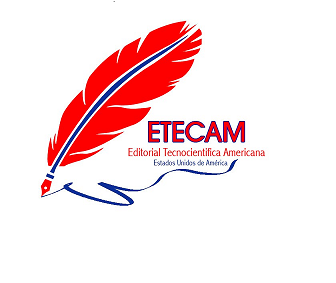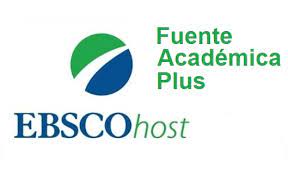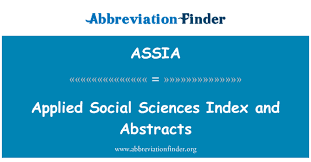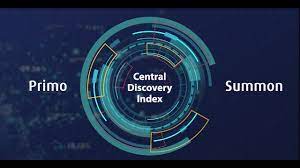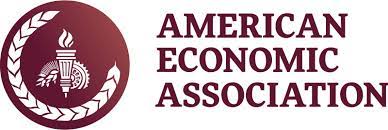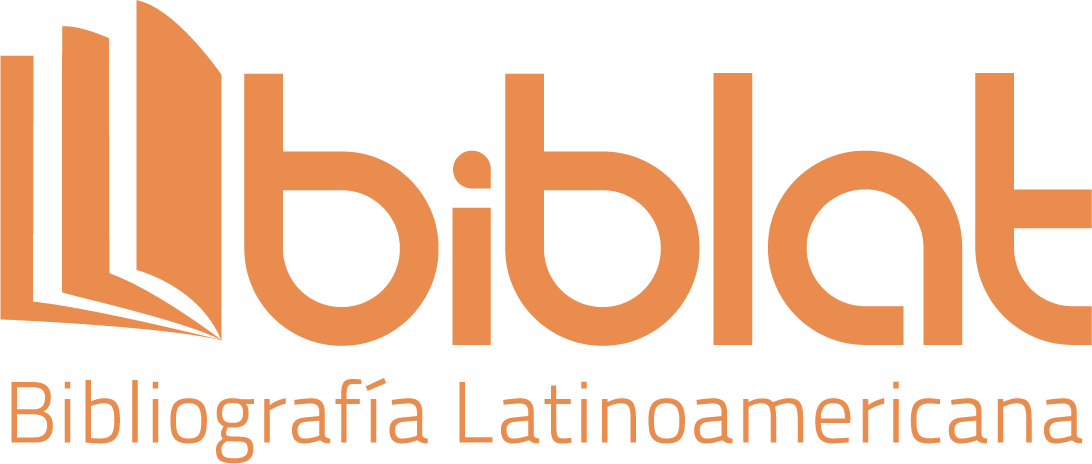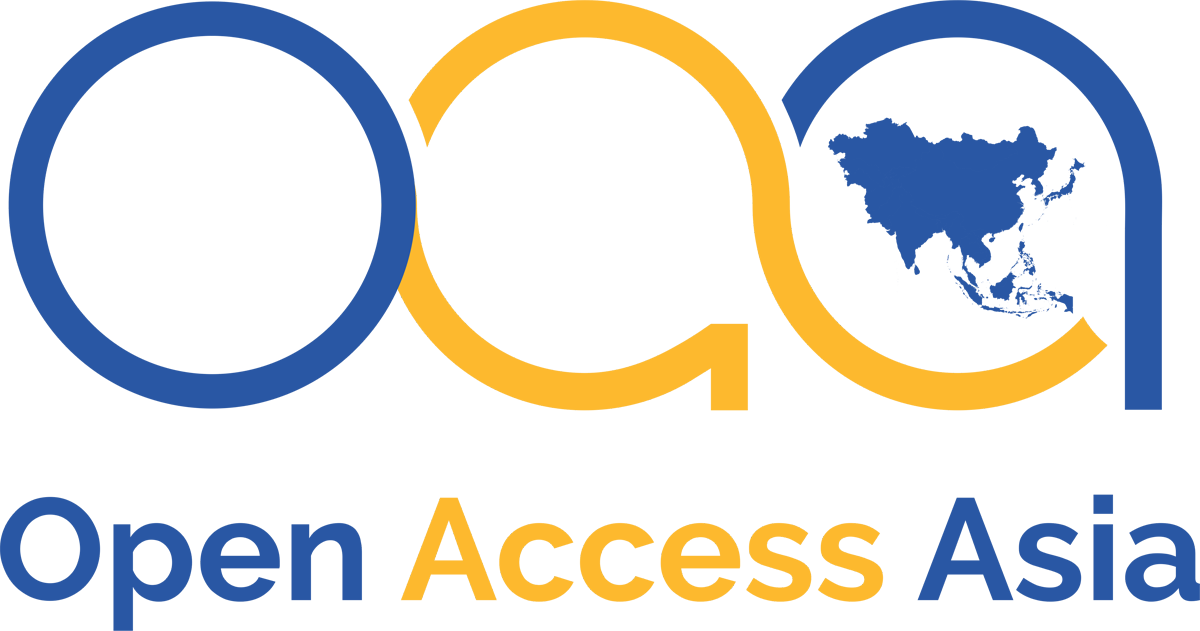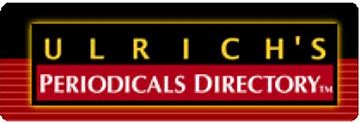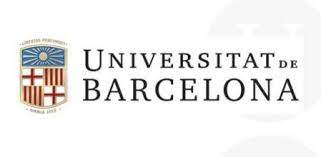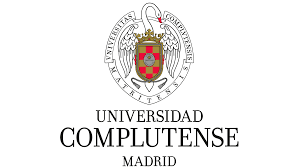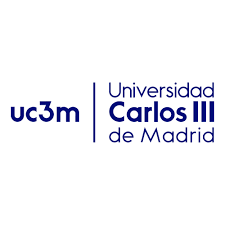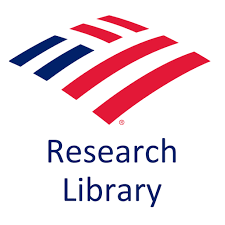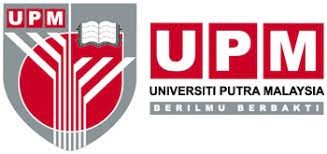Digital resources for learning plane geometry, in students of the eighth year of basic general education
DOI:
https://doi.org/10.51736/sa.v7iEspecial%205.379Keywords:
plane geometry, digital resources, teaching strategy, meaningful learningAbstract
Plane geometry is a branch of mathematics that is very useful for human life, since it plays an essential role in daily life activities. Since geometric contents are not only for science but are also useful for solving various problems, it is necessary for teachers to develop an active, creative and innovative learning system to help students learn plane geometry. This article examines the impact of digital resources for learning plane geometry, taking as a particular objective students in the eighth year of Basic General Education. For the purpose of the study, a didactic strategy was designed for learning plane geometry with the use of digital learning resources, which encourage the visualization and practical implementation of the contents. The survey results show a positive impact of the teaching model on student performance. In the post-test, the students in the experimental group obtained significantly better results than the students in the control group in the total number of points. The results demonstrated that the use of digital resources was more effective in improving student learning in plane geometry (mean post-test score = 9.05; with a mean gain = 1.41), than traditional problem-based learning (mean post-test score = 7.52; with mean gain = 0.05). Therefore, the authors advocate the use of digital technologies and resources in learning plane geometry. The proposed teaching strategy was rated as Very useful by the experts.
Downloads
References
Castro-Alonso, J. C., de Koning, B. B., Fiorella, L., & Paas, F. (2021). Five strategies for optimizing instructional materials: Instructor-and learner-managed cognitive load. Educational Psychology Review, 1-29. https://link.springer.com/article/10.1007/s10648-021-09606-9
Dimiceli, V. E., Lang, A. S., & Locke, L. (2010). Teaching calculus with Wolfram| Alpha. International Journal of Mathematical Education in Science and Technology, 41(8), 1061-1071. https://www.tandfonline.com/doi/abs/10.1080/0020739X.2010.493241
Fairuzabadi, A., Tolle, H., Bachtiar, F. A., & Supianto, A. A. (2022). Geometrial: Development of Educational Digital Game for Combined Two-Dimensional Figure Learning. Journal of Information Technology and Computer Science, 7(1), 60-80. https://jitecs.ub.ac.id/index.php/jitecs/article/view/339
Guo, J., Li, C., Zhang, G., Sun, Y., & Bie, R. (2020). Blockchain-enabled digital rights management for multimedia resources of online education. Multimedia Tools and Applications, 79, 9735-9755. https://link.springer.com/article/10.1007/s11042-019-08059-1
Hu, Z.-Z., Yuan, S., Benghi, C., Zhang, J.-P., Zhang, X.-Y., Li, D., & Kassem, M. (2019). Geometric optimization of building information models in MEP projects: algorithms and techniques for improving storage, transmission and display. Automation in Construction, 107, 102941. https://www.sciencedirect.com/science/article/pii/S0926580518309890
Huang, H.-M. E., & Witz, K. G. (2011). Developing children's conceptual understanding of area measurement: A curriculum and teaching experiment. Learning and instruction, 21(1), 1-13. https://www.sciencedirect.com/science/article/pii/S0959475209000930
Khan, S. (2004). The khan academy. Salman Khan London, UK. https://www.wcde.org/cms/lib/TN02209007/Centricity/Domain/106/ELA%20and%20Math%20April%2020-24.pdf
Kurbonov, G. G., & Istamova, D. S. K. (2021). The Role of Information Technology in Teaching Geometry in Secondary Schools. Scientific progress, 2(4), 817-822. https://cyberleninka.ru/article/n/the-role-of-information-technology-in-teaching-geometry-in-secondary-schools
Mora, P. A., Rodríguez, A. R., Macías, V. G., & Zambrano, R. R. (2023). Estrategias didácticas en la era digital: diseño, implementación y evaluación de Recursos Educativos Digitales. Serie Científica de la Universidad de las Ciencias Informáticas, 16(9), 78-94. https://publicaciones.uci.cu/index.php/serie/article/view/1238
Ng, O.-L., Shi, L., & Ting, F. (2020). Exploring differences in primary students’ geometry learning outcomes in two technology-enhanced environments: dynamic geometry and 3D printing. International Journal of STEM Education, 7, 1-13. https://link.springer.com/article/10.1186/s40594-020-00244-1
Rashevska, N., Semerikov, S., Zinonos, N., Tkachuk, V., & Shyshkina, M. (2020). Using augmented reality tools in the teaching of two-dimensional plane geometry.
Turgut, M., Smith, J. L., & Andrews-Larson, C. (2022). Symbolizing lines and planes as linear combinations in a dynamic geometry environment. The Journal of Mathematical Behavior, 66, 100948. https://www.sciencedirect.com/science/article/pii/S0732312322000165
Vázquez, J. P. G., Vargas, M. A. A., Ezkauriatza, M. G., Juarros, V. I. M., Corral, L. E. V., Espinoza, J. M. O., & Doolan, M. A. (2018). Instructional strategies and information technologies used for supporting the undergraduate mathematics teaching process: Scoping review protocol. International Journal of Educational Research, 90, 27-31. https://www.sciencedirect.com/science/article/pii/S0883035518305329
Verbruggen, S., Depaepe, F., & Torbeyns, J. (2021). Effectiveness of educational technology in early mathematics education: A systematic literature review. International Journal of Child-Computer Interaction, 27, 100220. https://www.sciencedirect.com/science/article/pii/S2212868920300386
Yang, X., & Kaiser, G. (2022). The impact of mathematics teachers’ professional competence on instructional quality and students’ mathematics learning outcomes. Current Opinion in Behavioral Sciences, 48, 101225. https://www.sciencedirect.com/science/article/pii/S2352154622001310
Published
How to Cite
Issue
Section
License
Copyright (c) 2024 Vicente Libori Villón Rivas, Wilber Ortíz Aguilar

This work is licensed under a Creative Commons Attribution-NonCommercial-ShareAlike 3.0 Unported License.













